Jay’s Audio CDT3-Mk3 and DAC2-Mk3
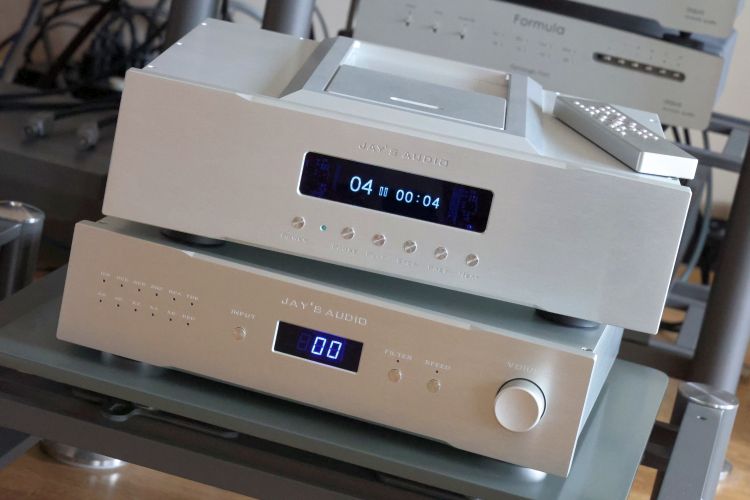
Upsampling
The transport normally outputs the CD data in its native 44.1kHz format. But it also has an upsampling mode that can be enabled via a toggle switch on the rear. When enabled, the transport outputs 176.4kHz. I am normally not a fan of upsampling and generally prefer native sampling for its superlative robustness and tightness. But the CDT3-Mk3 is so well-endowed in these areas that it is not only not a problem that the sound becomes ever so slightly more light-footed, it’s arguably a more neutral balance. Moreover, the upsampling provides more air and refinement in the high frequencies, further adding to the player’s overall performance. In this case, I definitely prefer the upsampled output.
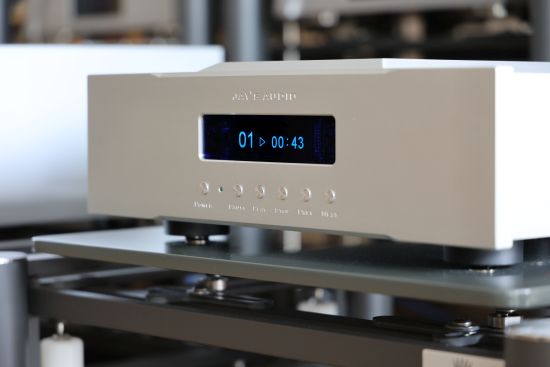
The CDT3-Mk3 offers a large sound bubble with precise center focus, good scale, and nice depth. The soundstage is large in all dimensions but it does not portray individual instruments’ positions quite as distinctly as my best digital sources. In comparison, it sounds somewhat compacted. In other words, the layering within the soundstage is less distinct. In terms of smoothness and flow, however, I have to commend the CDT3-Mk3 for offering a very big chunk of what the CDT2-Mk2 could do naturally with its CDM4 mechanism. While that may sound like faint praise I should repeat that swing-arm mechanisms are naturally at an advantage in these areas but at the expense of some solidity and incisiveness.
Although the CDT3-Mk3 with upsampling sounds really satisfying, I still found it to be on the overly relaxed side. It’s a rich, smooth, and decidedly non-aggressive sound that will surely appeal to many searching for “analog” or “non-digital” sound, but it’s not super expressive, not what I would call edge-of-seat exciting. And as other CD players, transports, and servers have shown, it’s possible to obtain a higher level of expression without sounding digital.
The Grimm MU1 music server, for instance, may sound a little lean or perhaps cool to some ears and in some systems, but it is crisper, faster, airier, and more expressive than the CDT3-Mk3.
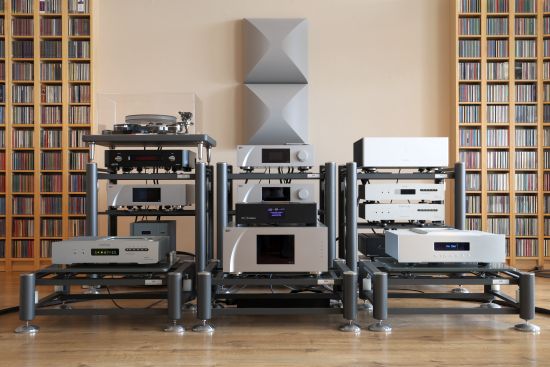
A comparison with the Aqua Diva M2 CD transport further confirms the CDT3-Mk3’s solid and bold nature. The Aqua presents the music quite differently: nimbler, more articulate, airier, and more refined, albeit leaner and indeed considerably less robust. In terms of flow, there is not much between the two transports, but the Aqua’s soundstage is more vividly layered with instruments more clearly inhabiting their individual spaces, both dimensionally, as well as in terms of expression. Overall, the Aqua does not have the tank-like body and drive of the Jay’s but it is more delicate and elegant for it.
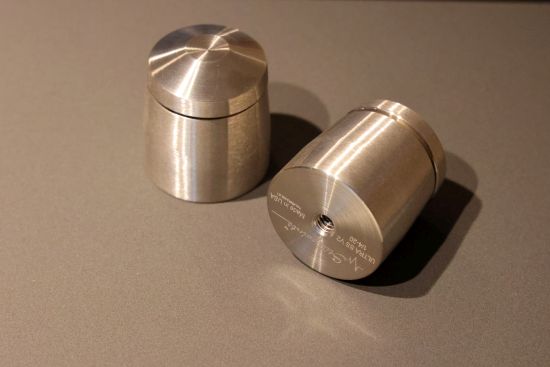
Tweaking
In the introduction, I mentioned the felt tips on the bottom of the SoundCare SuperSpikes. Personal experience shows that it’s counter-productive to use spikes and then damp them with soft rubber or felt materials. So, I decided to try the CDT3-Mk3 on a set of 3 Stillpoints Ultra SS V2, bypassing the SoundCare feet and felt pads altogether. I expected to hear some improvement but the difference was rather larger than anticipated. Whereas the player had been overly relaxed and somewhat reticent in its expression, with the StillPoints, it was now beautifully crisp, communicative, and rather lively.
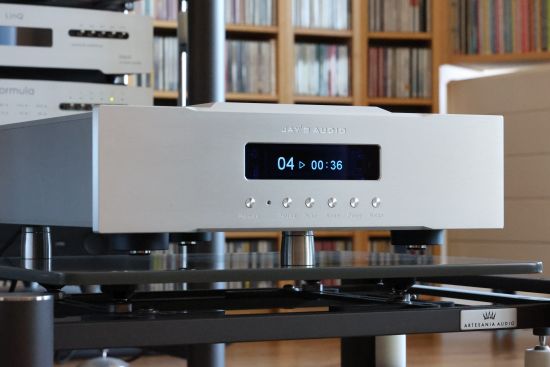
Moreover, with the StillPoints, I felt that the CDT3-Mk3 actually sounded nicer than the MU1. Whilst still not quite as nimble, the CD transport was more realistic in terms of flow, and importantly, in the naturalness of timbre. On the whole, I now felt that the CDT3-Mk3 was more appealing.
The improvement was so profound that I would almost consider the StillPoints mandatory if one contemplates getting the CDT3-Mk3. The thing is, at 1080 euros for the three, these feet are arguably a little too costly for a player in this price bracket. Perhaps the less expensive StillPoints Minis could be an interesting alternative?
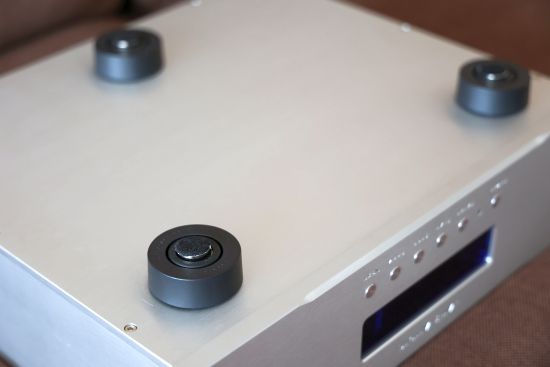
Soundcare SuperSpiles with felt pads
But, I wondered, what would happen if I removed the felt pads from the CDT3-Mk3’s SoundCare SuperSpikes? Before proceeding, I checked with Alvin Chee, the distributor of Jay’s Audio if this was ok and he was happy for me to remove them. The self-adhesive layer is quite strong but the pads can be removed relatively easily and, if needed, a swipe with a towel and some thinner removes any remaining glue.
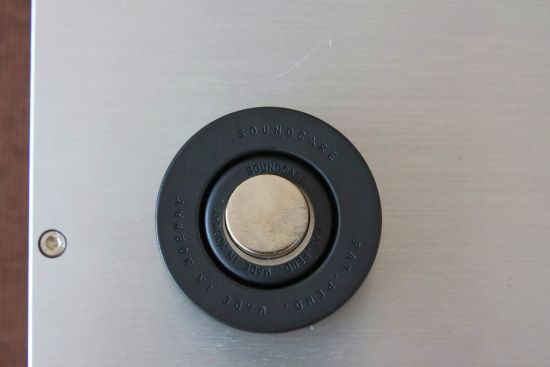
SoundCare Spike Au Naturel
Upon listening to the player with its own SoundCare SuperSpike feet (but without the felt pads), a surprising amount of expression that the StillPoints added remained, as did a good amount of the faster pacing. Conform earlier experiences, the SoundCare SuperSpikes provide better control, articulation, and clarity than normal feet while retaining tonal saturation and harmonic richness, without adding glare or hardness. The result remains fluid and gently smooth, and always musical in that never pulls the overall sound toward the clinical side.
But still, if you want to extract the maximum that this beautiful transport is capable of, a set of StillPoints comes highly recommended and the player is certainly worth the extra expense. What they add is further enhanced tightness and pacing, better articulation, and faster transient behavior, as well as further increased resolution and clearer, and more impressive, soundstage layering.
Power Cables
Some people don’t believe that power cables have any influence on the sound at all, or in any case not with pure digital components such as a CD transport. Other people believe that freebie cables that come with the product should be thrown away or even burned ritually and use something nobler instead. In any case, my personal experience shows that power cables always matter and this CD transport is no exception. However, the good news is that the standard cable makes a great match with the transport, yielding all the sonic attributes that I have described so far. So, don’t worry if there is no more budget left after purchasing the CDT3-Mk3 as the stock cable really is fine!
However, one can always do better:-)
My default step-up power cable is the Belden 19364 with Bals schuko and Oyaide C-004 IEC. In this case, though, this was more of a sidestep rather than an upgrade, providing a fuller tonal balance but with less clarity and definition.
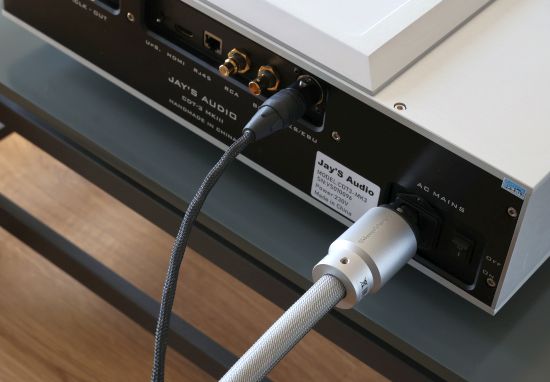
Next up was the GigaWatt PowerSync ULTRA, one of my new favorite cables at its price point. It’s neutral and dynamic yet beautifully refined, tonally rich, and gently smooth. With the CDT3-Mk3, however, this heavy-litze-copper cable made the balance tilt a little bit too much toward the smooth side, which is not what this player needs.
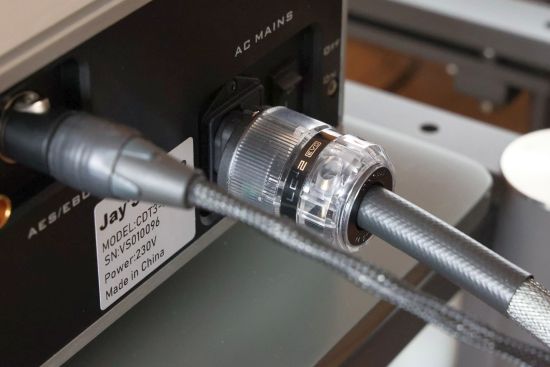
Conversely, the lower-specced solid-core GigaWatt LC-2 EVO made for a superb pairing, further elevating the player in terms of speed, articulation, clarity, and overall communicative skills.
Next: Listening to the DAC-2 Mk3 and Conclusion

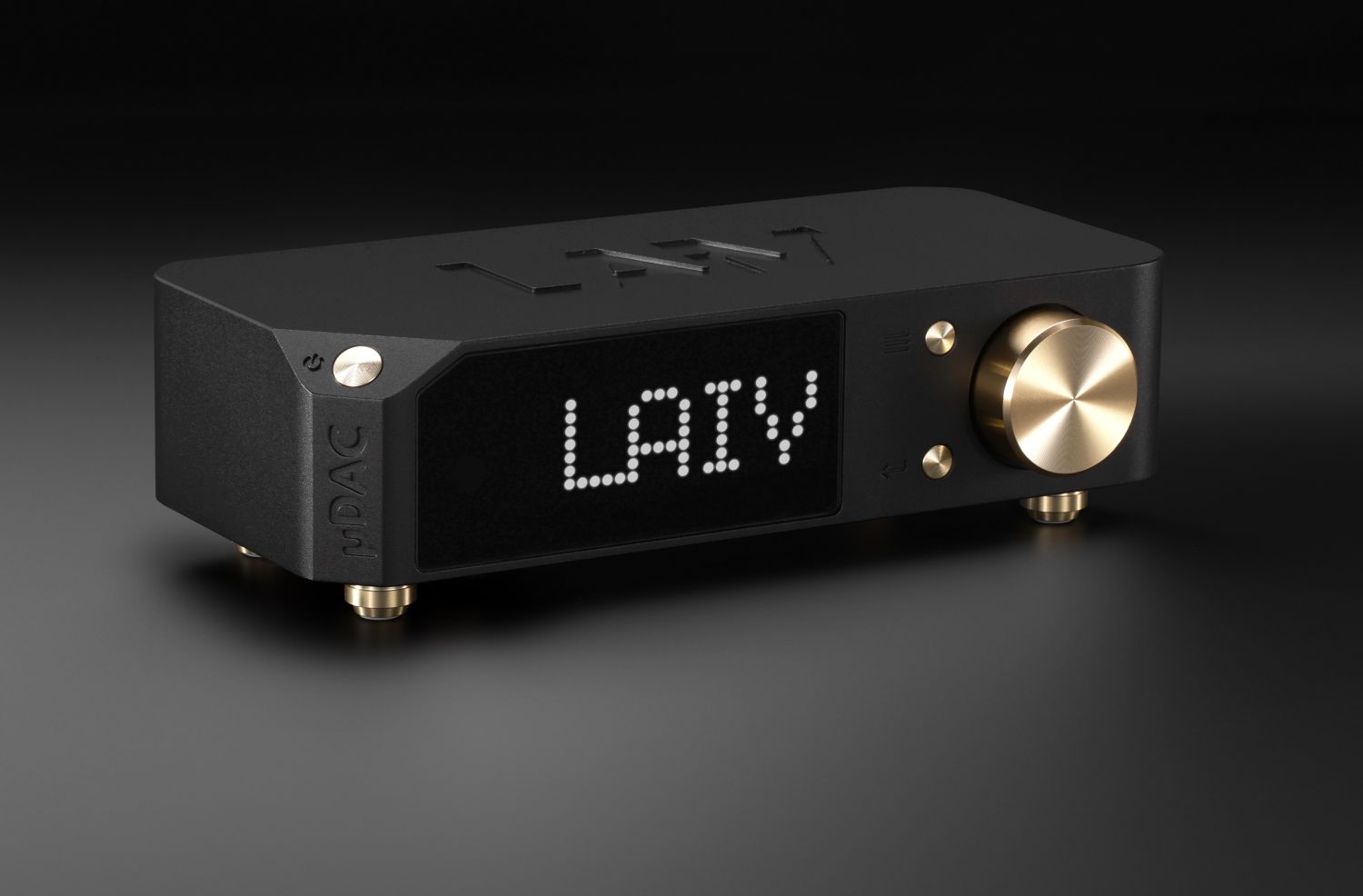






I have an Aqua linQ and was wondering if the contribution of the stillpoints Ultra SS is comparable to the effects you report on the Aqua Diva M2.
Have you ever tested the Ultra SS with the Aqua LinQ?
Best regards
Sébastien
Hi Sébastien, I think the LinQ does not need StillPoints, it sounds just perfect with its factory feet. My guess is if you’d use them, it will be too much. The Diva M2 and LinQ are just rather different-sounding products.
Thank you Christiaan for this information and for your always very interesting reviews !
Great review Christiaan. On tweaks, it would be worthwhile trying the different puck from HEADquarters Audio in Germany. It makes a good difference which you may like (or not).
Hi George, I wasn’t aware of the QStab NSE CD-puck and it is an interesting suggestion!
Hi Christiaan. How would you rate this against Pontus 2? I am considering it as a dac/pre for my system.
Good question. I’ve not had them side by side and I’m not sure how they would compare precisely. My guess is that the Pontus will be slightly more refined and the DAC2 more robust but I’m really not sure. Do note that the Denafrips DACS have no volume control.
Hi Christiaan, I very much enjoy your helpful site. I would also appreciate your review of Bricasti”s new (M 19 CD transport) which, so far has received few reviews. I am currently spinning discs with a Jays Mk2 CDT. The M19 employs a (proprietary) IS2 link. Since I’m also using a Bricasti M12 source controller with integral DAC, this may prove to be a tempting upgrade.
I agree, the M19 is an interesting transport! Alas, I’ve not been able to obtain one for review just yet. In all my tests but one so far, I2S has always been the preferable connection method. In the single remaining case (with Jay’s CDT2, I believe), I2S sounded similar to the other outputs. If you already have a Bricasti DAC and like the airy and refined yet detailed Bricasti delivery, I don’t think you can go wrong with the M19.
Hi Christian
Does this transport work with 220/60 electricity here in Saudi Arabia?
I contacted jay’s audio but I have not received anything from them?
Kind regards
On the product page on the Jay’s website, it is stated: “AC Power: 110V/230V, 50-60Hz”.
Thanks again
So it’s compatible with 60 hertz, right? .
Kind regards
It would seem so, given the information on the Jay’s Audio website: “AC Power: 110V/230V, 50-60Hz”. It is common for electronics to be compatible with 50Hz and 60Hz. However, I am not a representative and can only relay what I found on their website. In case of doubt, I recommend contacting a distributor/reseller/dealer.
Thanks again.
Kind regards